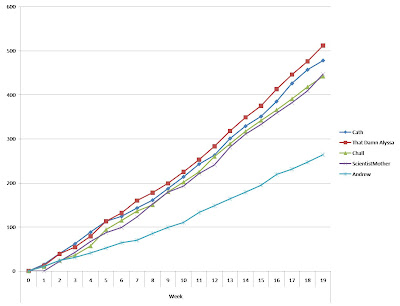The BBC have a great article today about a new craze in Japan: “therapeutic” ring tones.
And what, pray, is a therapeutic ring tone?
Well, for starters, there’s the ring tone that relieves hay fever caused by the famous cherry blossoms, which are currently in season:
“For relief, sufferers need only wait for a call on their mobile phone. The sound is supposed to dislodge pollen if the user holds the handset up to their nose.”
I would pay good money to see someone holding their phone up to their nose during a sneezing fit.
What else is on the menu?
Well, there’s a ring tone for people trying to lose weight, and also:
“a range specially tailored for the needs of people with different star signs, such as one for Taurus, the bull1, complete with mooing.”
Remind me, are any of the star signs represented by a duck? Because that sound would probably be more appropriate.
“Index, the mobile phone content provider which markets the therapeutic ring tones, admits the technology behind them is perhaps a little unproven but insists the number of downloads suggests they may be working.”
Well, something’s working, alright. But I doubt it’s the ring tones.
There’s obviously a market here though, and I am therefore using this blog post to market my new service. For a nominal fee (just $50!!!), I will record a personalised ring tone that you can install on your phone:
- Want to lose weight? I can record myself saying “don’t eat that, you chubster! Go for a run and then have an apple!”
- If you have hay fever, you can request a ring tone of me saying “Bless you! Now go inside until the trees aren’t pink any more, dumbass!”
- Want to hear your horoscope? I can make up any old crap. Flattering crap will cost you extra, though.
This time next year, we’ll be millionaires!
1 Bull sounds about right.



